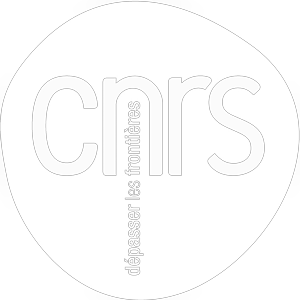Modeling the Reactive Transport of Isotopologues of Environmental Pollutants
authors
keywords
- Organic pollutants – Fate – Migration - Contaminated sites – Stable Isotopes
document type
COUVabstract
Reactive transport modelling of organic pollutants is important for decision making in a large number of environmental health problems such as protection of water sources or drinking water wells, or prevention of vapor intrusion into buildings. The rise of compound-specific and position-specific isotope analysis in environmental pollutants has led to the development of reactive transport models for isotopologues (same molecules with different isotopic composition) which re-inforce very much the classical concentration-based transport models. This chapter reviews the history of isotopologue transport models in the environment and presents the current state of the art of modelling approaches. Single element approaches are presented first, followed by multi-elemental approaches. The special case of stable chlorine isotopes is emphasized thereafter because of special requirements for the modeling the chlorine isotopes 37Cl and 35Cl. The chapter ends with a summary and comparison of all approaches, and a discussion of future needs for developments.


